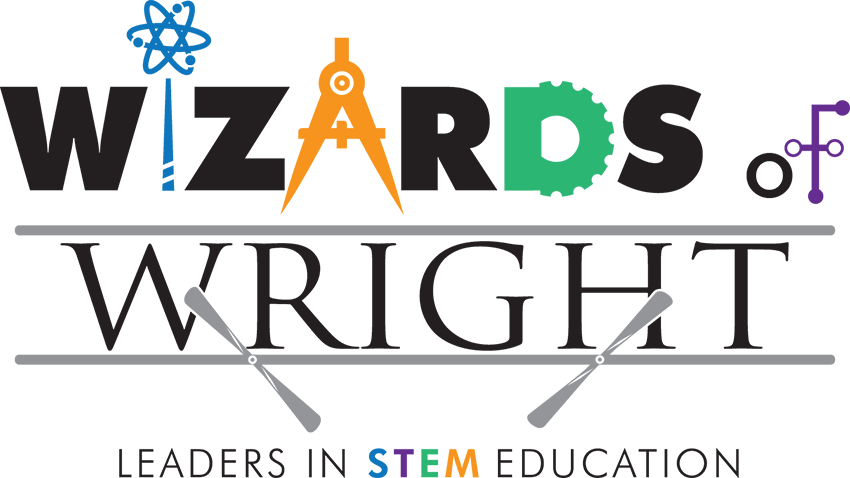
Bubbles and Water will no longer be available as a WOW! in the Classroom option, therefore we will no longer be able to present it in person. It will stay available to you through WOW! on Wheels so that you may borrow the materials and present the lesson on whatever schedule works best for you and your students. We will also keep our WOW! TV for Teachers video available for you as well.
Our team has had multiple conversations over making this change, and as a group, we feel this is the best decision for all. We no longer felt comfortable offering a lesson that was so “weather dependent” as we found ourselves having to cancel and reschedule more often than we would like. A new lesson will be created, focusing on many of the same objectives, that will not need for the students to be outside.
Please use our Survey Monkey form to request a WOW! on Wheels delivery of the materials.
We begin with a brief explanation of water molecules, cohesion and surface tension, and how bubbles hold their shape. Then we allow the students to experiment with different shaped and sized wands to blow bubbles...hypothesizing what shape, size, and time the bubble will hold. This lesson is best done outside – early fall and spring seem to be best. (Most appropriate for younger/primary grade levels.)
Lesson time: 60-80 minutes
Adult Demonstration 1: We will introduce the idea of water molecules sticking together (surface tension/meniscus formation) using a cup of water and paperclips.
Adult Demonstration 2: An eyedropper and wax paper is used to demonstrate how water beads. The bead is then broken with dish soap. Observations are made and the phenomena are discussed.
Adult Demonstration 3: Blow bubbles for children with regular (circular) wand and discuss size and shape of bubble.
Student Activity 1: Each student is given an eyedropper and a penny. They will predict how many drops of water will fit on the penny without spilling over and test their prediction.
Student Activity 2: Each student receives a worksheet that lists each shape of wand they will be testing. Students rotate through each station, making predictions about what shape the bubble will be and then recording their observations. At the end they review their results together and discuss why this occurs.
Group work: Students will travel to stations in groups of 3 or 4 (a total of 6 groups is best). In order to save time, teachers are asked to create the groups before our Wizard arrives.
Science Standards:
K.PS.1: Objects and materials can be sorted and described by their properties (color, size, texture).
1.PS.2: Objects can move in a variety of ways (straight, zig-zag, circular, back and forth).
STEM Emerging Technology Connections:
Hypersonics:: Bubbles link to the study of how air and liquids interact (aerodynamics/fluid dynamics), which is important for designing hypersonic vehicles. Understanding surface tension also connects to developing materials that can withstand extreme conditions.